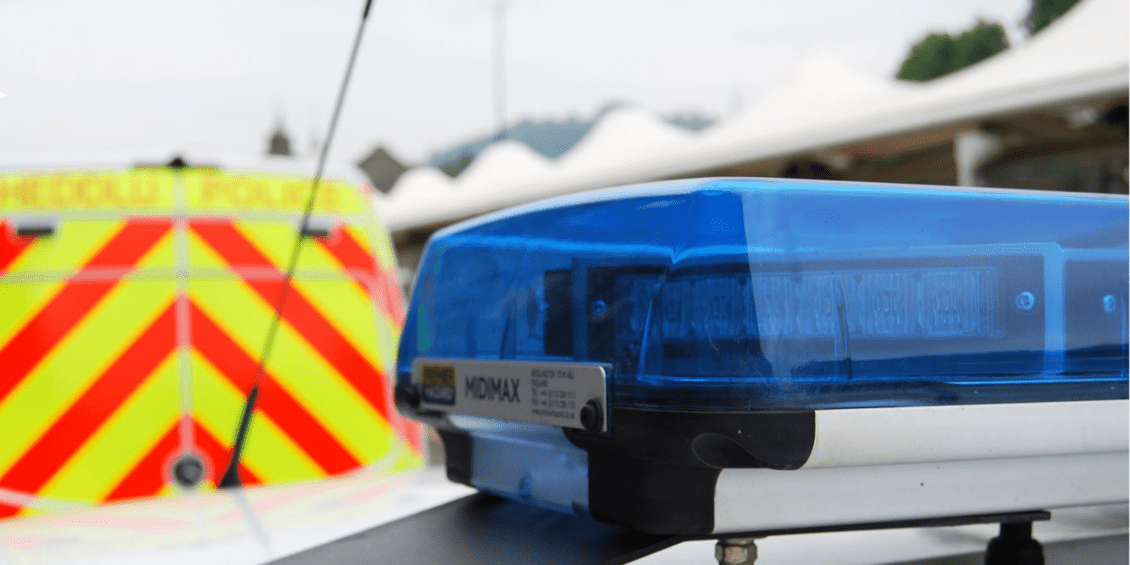Over half (57%) of the UK population lives within a mile of the National Cycle Network, but major improvements for access and safety are needed to open it up to everyone, including children, wheelchair users, those riding non-standard cycles and the less physically active.
[aoa id=”1″]
The call is made by Sustrans, the walking and cycling charity, as it today launches the first review of the 16,575-mile Network
In its “Paths for Everyone” report, the charity unveils the current state of the 23-year-old Network and a long term plan to make it traffic-free and tackle physical problems. These include poor surfaces and barriers that prevent access for users, particularly those with adapted bikes or prams.
Only 54% of the Network is currently suitable for a 12-year-old to use safely, a road safety benchmark set by the UK Government.
Just over a third of the paths on the Network (32%) are separated from motor traffic providing safe spaces for people to walk and cycle. However on-road sections account for 68% of routes on the Network and include nearly 2,000 miles of busy A and B roads.
[/aoa]
The National Cycle Network, which was founded by Sustrans, with the help from local communities, partners and the National Lottery grant awarded in 1995, is a critical part of the UK transport infrastructure. Every year over 780 million journeys are made on the Network which links towns, villages and cities across the country, from the Shetland Islands to Land’s End.
An online survey of 5,965 UK residents shows overwhelming support for the Network, with 81% of the respondents saying they want paths built away from cars where everyone feels safe to travel.
Launching the report at the Houses of Parliament, Xavier Brice, CEO for Sustrans, will say:
“The National Cycle Network is a well-loved, well-used asset that’s enjoyed by millions of people across the UK every day.
“We want to build on its success and make the Network safer and more accessible for everyone, not just for people who currently use it. Our “Paths for Everyone” report lays out an ambitious vision to make the Network traffic free and safe for a 12-year-old to use on their own.
“However, historic problems such as poor surfaces, incomplete signage or barriers mean that for people with mobility issues or those of us who are less physically active, there may as well be a ‘no entry’ sign on their local path.”
Chris Boardman MBE, Greater Manchester Commissioner who sits on the National Cycle Network advisory panel says: “The little blue and red sign indicating a segment of the National Cycle Network is a long-recognised and trusted mark, used by cyclists and walkers alike, to navigate their way around the UK without cars. That alone should tell us just how valuable an asset it is.
“In times of high obesity and poor air quality, travelling actively has never been more important and the National Cycle Network is a key tool in helping address these problems.”
Isabelle Clement, director for the charity Wheels for Wellbeing, who was one of the organisations on the UK Advisory panel of the Network’s Review, said:
“Many disabled cyclists use parts of the National Cycle Network, whether on bikes, tandems, hand-bikes or trikes. But we are too often limited in the cycling we can do by the inconsistent quality of paths, the presence of stiles, stepped bridges, etc., which literally block our path.
“Transforming the NCN into a reliably safe and accessible network over the next few years will make a huge difference to Disabled people’s ability to access the outdoors, travel actively and improve our wellbeing.”
Cycling and Walking Minister Jesse Norman said: “The National Cycle Network is a familiar sight for many, and a great asset for cyclists and walkers across the country.
“This report shows that more needs to be done to make it fully accessible, and that’s why earlier this year the Government dedicated £1 million to support initial work repairing and upgrading sections of this popular network.
“My Department has worked closely with Sustrans throughout the review, and I look forward to seeing how the Network is further improved to encourage generations to make cycling and walking the natural choice for shorter journeys.”
The “Paths for Everyone” report is the conclusion of a major review and independent audit commissioned by Sustrans.
The review involved interested stakeholders and sets out 15 recommendations for local authorities, private and charitable landowners, national governments and agencies, to transform the Network, including:
- Removal or redesign of 16,000 barriers on the entire Network to make it accessible to everyone, especially those facing mobility challenges;
- Doubling the number of paths away from cars, from 5,000 to 10,000 miles and diverting all routes off busy and fast moving roads onto new quiet-way roads;
- Improving safety at junctions where the Network crosses roads and railways;
- Improving signage so everyone can follow the paths without a map or smartphone;
- Adopting a new quality design standard for paths, including width and surface so all routes are classed as ‘very good’ or ‘good’ by 2040.
Sustrans, working with local authorities, aim to deliver 55 schemes across the UK, ranging from improving signage to re-designing junctions and creating traffic-free paths. These are to be finalised by 2023.
All four national governments have backed the review of the Network, with the Scottish Government having committed £7 million in 2017 towards the development and maintenance of the paths in Scotland.
Whilst the National Cycle Network has the potential to help people live healthier lives, Sustrans argues it should also been seen as a major piece of transport infrastructure with untapped economic potential.
The charity, which owns 500 miles of the Network, has estimated the overhaul will double the number of people travelling actively – be it on foot, by bike or in a wheelchair – up to 8.8 million, totalling a £2.8 billion investment over the next 22 years.
These trips will generate £7.6 billion in economic and local benefits every year, as a result of reduced road congestion and health benefits from increased exercise, including £5 billion alone in benefits to local businesses from tourism and leisure – up from £3.8 billion per year in 2017.
Commenting on the opportunities for governments, Brice added:
“Politicians across the UK are grappling with problems like congested roads, air pollution and increasing levels of obesity. In pure transport terms, the National Cycle Network presents a huge opportunity to transform the way people travel. But the benefits of investing in the Network will be seen right across government, like relieving pressure on the NHS budget.
“Trips on the Network benefit the UK economy by £88 million through reduced road congestion and contribute £2.5 billion to local economies through leisure and tourism. In 2017 alone, walking and cycling on the Network prevented 630 early deaths and averted nearly 8,000 serious long-term health conditions.”







Leave a Reply
View Comments